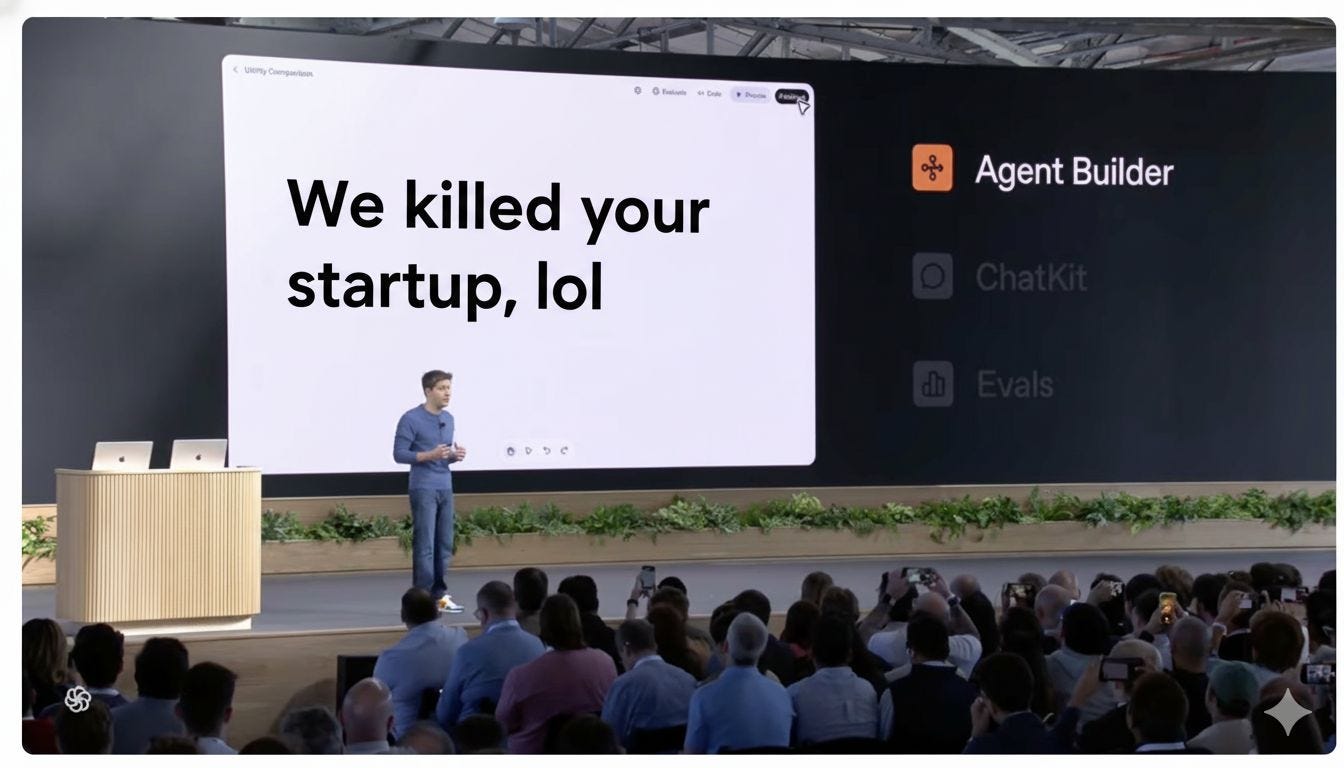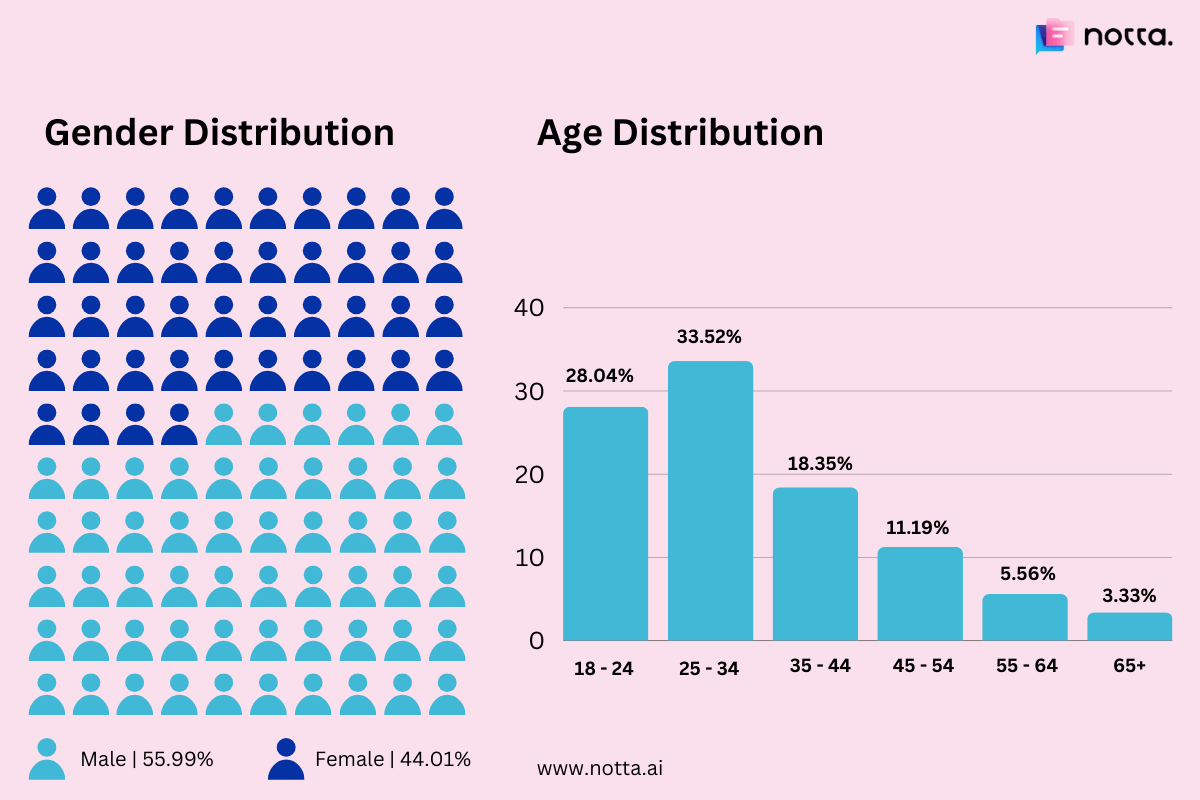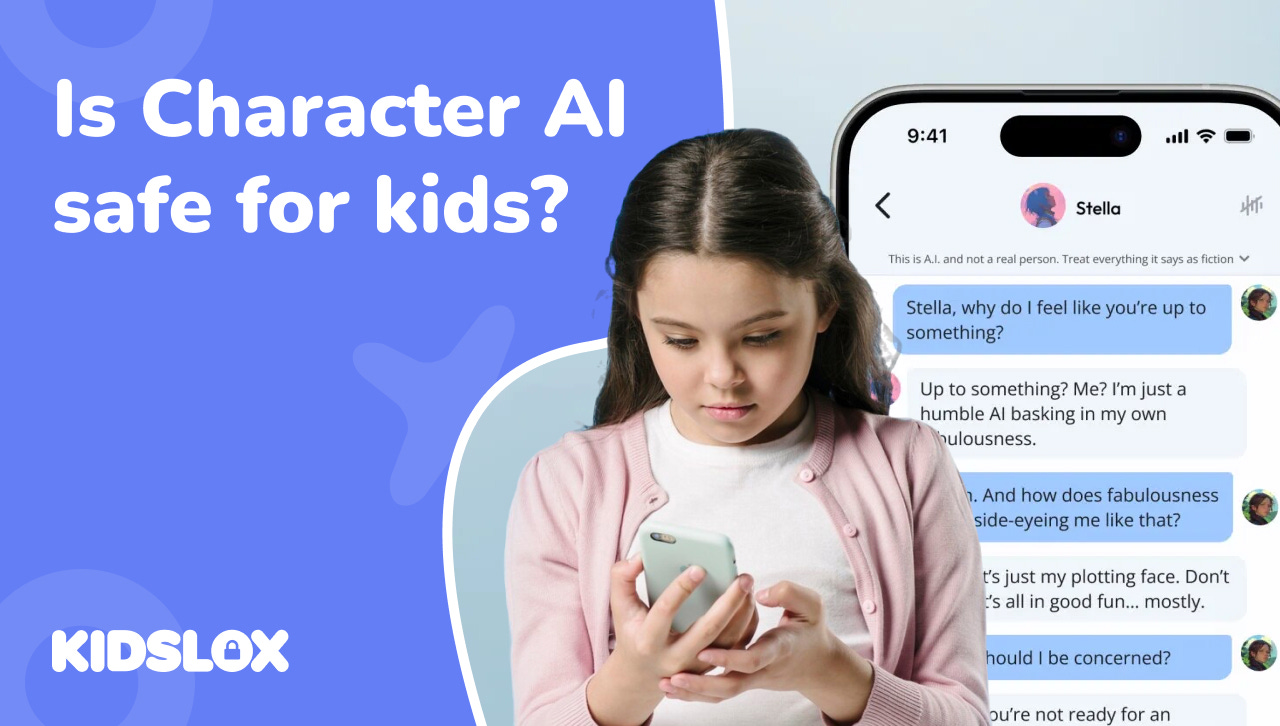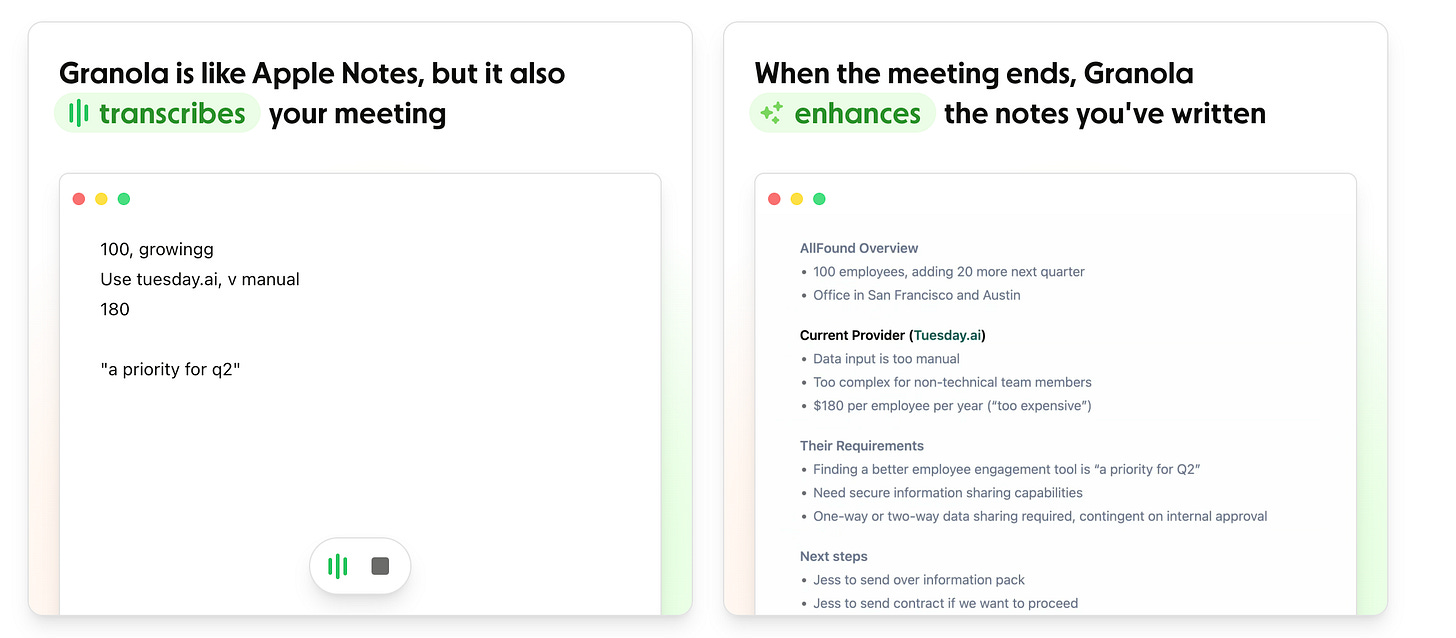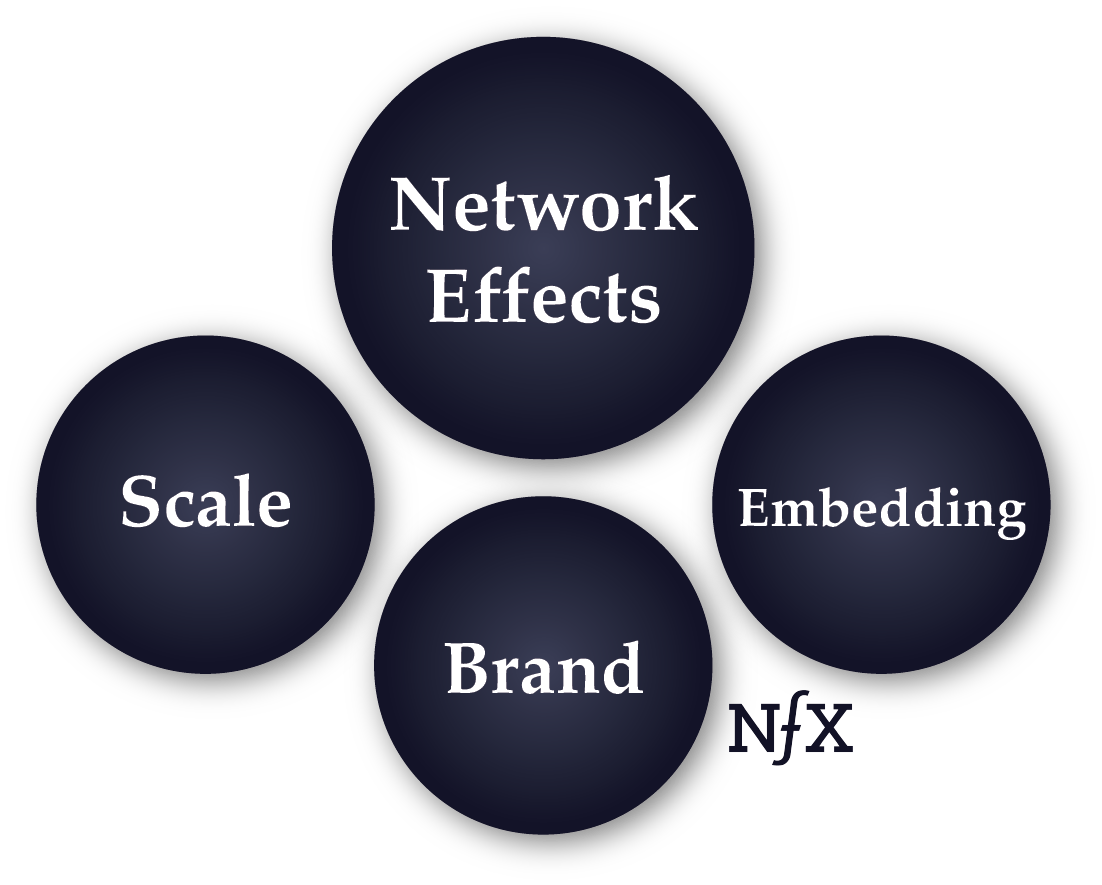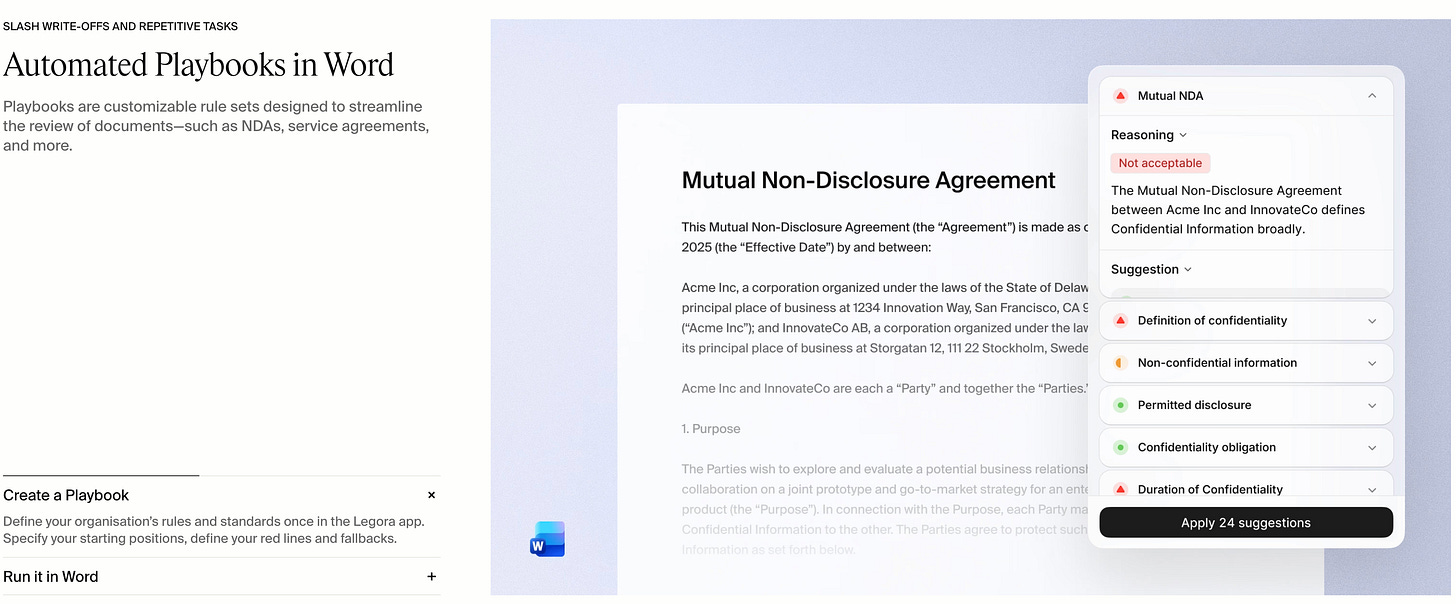5 ways Startups avoid getting killed by OpenAI (and succeed)
How the smartest AI startups are finding their edge in a world dominated by ChatGPT
Welcome to PMF, the newsletter read by top founders & vcs worldwide. Sponsor it at g@guillermoflor.com
OpenAI just changed the game again.
Last week, Sam Altman unveiled new ChatGPT features that made thousands of founders stop and think.
Many realized their products suddenly looked too similar to what OpenAI had just shipped.
It was a moment of truth.
When the platform you build on starts doing what you do, what’s left for you?
Two months ago, I wrote “The Playbook to Avoid OpenAI Killing Your Startup.”
After this new release, I wanted to understand how some startups are not only surviving, but growing faster than ever.
If you are building an AI company, this might help you stay alive.
Here’s what you’ll find inside:
Target a different demographic – reach the users ChatGPT ignores.
Build a UX moat – make your product feel better, faster, and more personal.
Own a vertical – go deep where OpenAI stays general.
Use specific data – win with accuracy and trust.
Build defensibility – through network effects, integrations, or unique workflows.
6–10.
Let’s break down how they’re doing it and what you can learn from them.
5 ways Startups compete with OpenAI (and succeed)
1. Target a different demography
OpenAI is what it is: a boring chat interface that people are using to do google like search and help with basic tasks and a work settings.
The demographic users are mostly middle aged men working in tech & finance
You can see there’s some big gaps in the market just by targeting a different demography segment: from younger people, to older or to a feminine users.
Who’s doing this succesfuly?
For example, Character AI saw this gap early on and decided to target a younger demographic by creating a more playful product that allowed users to create and chat with countless fictional characters.
It’s still just a LLM chatbot, but its positioning allowed it to get up to 180 million site visits a month by 2025 and 28 million monthly users.
Following Character AI, there’s countless of demographics startups can target with a product that is built for them, and that ChatGPT will never be positioned for.
3. Target a different use case/ vertical focus
Computer Programming usage on ChatGPT accounts for only a 4.2%. Mathematical Calculation a 3.0%.
So you can see there’s an opportunity there again.
Some companies that have gone after that opportunity like Cursor and Lovable have managed to grow extremely fast.
On the other hand, Generate other media and creating an image is also very low in usage, so it feels like there’s room in there as well (Synthesia and Elevenlabs taking over that gap)
3. Create a differentiated interface that ChatGPT will never build
When technology becomes commoditized, experience is what makes people stay.
Most founders focus on the model. But what users actually feel is the interface.
Look at Granola. It’s technically just a meeting recorder, yet it feels completely different. It’s fast, simple, and human. You open it, it starts recording instantly, summarizes before you hang up, and the flow feels effortless.
That’s what great product design does. It makes powerful technology disappear behind an experience that feels obvious.
OpenAI will always own infrastructure. But startups can win by wrapping that infrastructure in a product that feels alive.
When everyone has access to the same tech, UX becomes the moat.
4. Build on specific/accurate Data
ChatGPT is a LLM (Large Language Model). The whole point is that it has so much information that can manage any conversation.
However, when it needs to be very specific and accurate it fails.
There is the opportunity and is exactly what Harvey went after
“Harvey’s early partnership with OpenAI became a strategic launchpad for building a custom-trained case law model trained on all of U.S. case law. This wasn’t just about accessing GPT-4; it was a collaborative effort to inject domain-specific ways of reasoning about legal knowledge.
The sophistication of Harvey’s approach becomes clear in their multi-layered verification system. Their hallucination detection methodology decomposes generated responses into individual factual claims, cross-references each against authoritative sources, applies legal reasoning patterns, and flags inconsistencies before they reach users. This systematic approach has reduced hallucination rates to approximately 0.2% in internal evaluations.
The results were decisive: lawyers preferred the custom model 97% of the time, not just for accuracy but for completeness and nuance. This marked Harvey’s evolution from intelligence consumer to specialized reasoning producer.”
There are many other industries where accuracy is requisite for users (like healthcare), in which there’s still room for startups.
5. Build Defensibility
Network effects
There are other things that make a product defensible beyond its core features. You want to build those early to make your company more antifragile.
The classic moat is network effects: make it so every new user makes the product more valuable for everyone.
Think of Hugging Face: every model uploaded by one developer improves the platform for all.
Workflows / supplier
But defensibility can also come from connecting to users’ data, integrating with other tools, or partnering to deliver a service no one else can.
Legora for example builds its value proposal in its integrations with the tools Lawyers use, like Microsoft word.
What else would you include?
Share this with other founders building AI tools 🔥
Cheers,
-Guillermo
FAQs for “10 Ways Startups Compete with OpenAI (and Succeed)”
1. Why is OpenAI’s latest ChatGPT update a threat to AI startups?
OpenAI’s rapid feature releases often absorb functionality that smaller startups build on top of its models. When ChatGPT adds new capabilities—like voice, video, memory, or API access—it can instantly replace entire startup categories that were relying on those same features as their moat.
2. How can AI startups avoid being “killed” by OpenAI?
The key is differentiation: target a niche audience, specialize in a use case OpenAI won’t prioritize, and design an experience that feels unique. Startups that compete head-on with ChatGPT lose; startups that build around it win.
3. What are the best strategies for startups competing with ChatGPT?
Successful strategies include:
Targeting a different demographic (e.g., Character AI’s youth focus)
Focusing on vertical-specific models (e.g., Harvey for law)
Designing distinctive UX/UI that OpenAI won’t replicate
Building with proprietary or verified data
Creating defensibility through integrations, communities, or workflows
4. What types of startups are least likely to be disrupted by OpenAI?
Startups that serve narrow industries requiring precision (like legal, medical, or financial) or that own proprietary data are least at risk. OpenAI optimizes for generality; niche players win by optimizing for accuracy and trust.
5. How can startups build defensibility against large AI players?
Defensibility comes from:
Network effects (user-generated content or shared data)
Integrations (embedding into workflows)
Proprietary data or models
User relationships and brand trust
OpenAI can replicate features, not ecosystems.
6. What examples of startups successfully competing with OpenAI exist?
Character AI → won by targeting younger users with character-based interactions.
Harvey → built a legal-specific GPT trained on case law.
Cursor → specialized in AI-assisted coding.
Granola → redefined meeting UX around simplicity and flow.
7. Why can’t OpenAI dominate every AI market?
OpenAI’s strength is scale, not specificity. It’s not built to serve every niche, integrate deeply into every workflow, or adapt brand voice per vertical. This leaves opportunities for startups that know their user better than OpenAI ever will.
8. Should founders still build on top of OpenAI APIs?
Yes—but strategically. Use OpenAI for infrastructure, not identity. The moat must come from data, interface, or community, not the model itself. Startups like Harvey prove that collaboration with OpenAI can still lead to defensible products.
9. What role does product design play in competing with ChatGPT?
An enormous one. When technology is commoditized, user experience becomes the differentiator. Products that feel natural, emotionally resonant, or frictionless (like Granola) retain users even when the underlying model is similar.
10. What should investors look for in AI startups post-OpenAI update?
Investors should prioritize:
Niche markets OpenAI won’t serve
Proprietary datasets
Vertical integrations
Unique UX or branding
Early signs of defensibility (network effects, stickiness, partnerships)
Bonus: What is the “Playbook to Avoid OpenAI Killing Your Startup”?
It’s a strategic framework that focuses on:
Differentiating on who you serve (demographics or verticals)
Differentiating on how you serve (UX, data, defensibility)
Accepting OpenAI as infrastructure, not competition



